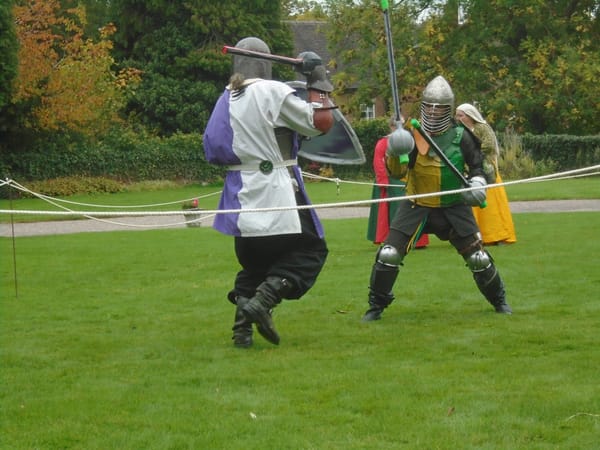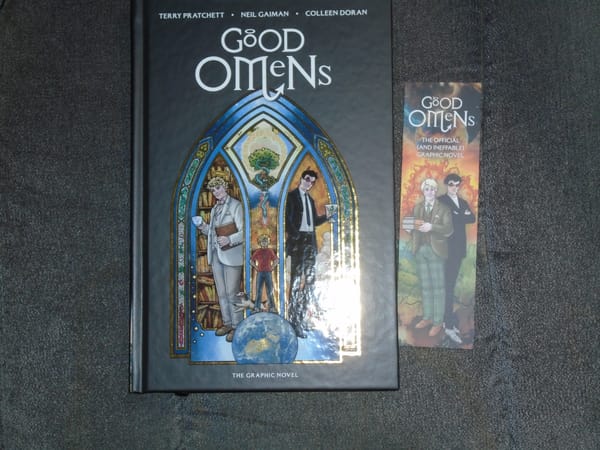Green for danger

In my last post I touched very briefly on the perils of living in Victorian England, and, in particular, the ubiquity of poisonous heavy metals. Today I'd like to go into that in a little more depth, because dyes are obviously an important part of the history of dress... and dyes, as it turns out, were among the worst culprits.
Let me start by saying it wasn't just arsenic. Lead paint was ubiquitous, and in fact that was still around even in my childhood; by that point the dangers were known and it came with labels warning you to keep it away from children and on no account to use it for toys (it was entirely banned not long afterwards). But in Victorian times, paint pretty much all contained lead as a matter of course... and a lot of toys were painted wood. Then, of course, there was mercury. Everyone knows about Lewis Carroll's Mad Hatter, but not everyone knows why hatters had a reputation for being mad. The thing was, they made the hats from wool felt, and in order to get it nice and flat and have all the surface fibres lying down neatly rather than fuzzing up, they had to press it in some way; but they didn't have steam irons at the time. In fact, they didn't have electric irons at all. What you normally did to iron your clothes was you had a set of irons which you would put in the fire. Then, when they were hot enough, you would take one of them out and do the ironing with it (though obviously you didn't want them to get too hot, or they would burn the fabric), and when that one got too cold you'd put it back in the fire and get another one out, and so on. It was a massive juggling act, and it wasn't safe to do it with wool... so, instead, they used mercury. Really. They'd spread out their piece of felt on a table and pour mercury on it, and then let it sit there for a while, flattening the felt ever so nicely and filling their workshops with toxic vapour. It's terrifying.
But arsenic does have the dubious honour of being the thing that was by far the most likely to poison you if you lived in Victorian England (or, indeed, other places; I'm not sure what things were like in continental Europe at the time except in one or two areas, but I do know the USA had the same problem). Arsenic was everywhere. It wasn't regulated in any way, so it was freely available; you could, literally, go to your local grocer and buy rice, sugar, tea, and arsenic. This was extremely convenient for the murderously inclined, because administering the stuff in small doses over a period of time produced a gradual decline in the victim's health, accompanied by symptoms which could easily be taken for those of common gastro-intestinal diseases of the time, such as cholera. The notorious murderer Mary Ann Cotton used it to poison her mother, three husbands, a fiancé, and several of her children and stepchildren, in order to collect life insurance payouts; she was eventually caught and sentenced to death in 1873, but the sheer number of her victims bears witness to the difficulty of establishing the poison as the cause of death at that time.
Being murdered, fortunately, was still fairly rare; but there were plenty of other ways you could die of arsenic poisoning. The substance really was used in candles (Terry Pratchett fans, take note!); it also turned up in sweets, beer, food additives, toys, and even medicine. Many doctors of the era believed that it could do no harm in low doses. Most of all, though, it was used to make green dyes, notably Scheele's Green and the slightly later Paris Green... and these dyes were very popular, since they were much brighter and richer than any other greens available at the time. The dress in the feature photo is a beautiful colour, isn't it? You can see why it caught on.
These green dyes were not simply used in clothing. The same pigments were used by artists such as Cézanne, Seurat, Manet, and Van Gogh, and, notoriously, they were also commonly used for printing. So there would be arsenic in coloured illustrations in children's books, and also, very frequently, in wallpaper. In 1862 a doctor by the name of Thomas Orton was called in by a family named Turner to investigate the mysterious illness which had claimed the lives of three of their children and was now threatening a fourth. This had previously been taken for diphtheria, but Orton was suspicious, as none of the Turners' neighbours was ill. He began to wonder about arsenical pigments in the family's green wallpaper. Though he was sadly too late to save the child's life, he did have an autopsy conducted... and, sure enough, she had died from arsenic poisoning. A few years later, one of Queen Victoria's guests complained of sickness after spending a night in a room with similar wallpaper; the Queen's reaction was to have all such wallpaper removed from the Palace at once and replaced with paper without arsenical pigments. A very sensible move on her part, though I doubt such symptoms would have manifested after a single night. The guest probably had something else the matter with him, which was, perhaps, a fortunate coincidence.
The following paragraph is taken from Fashion Victims: The Dangers of Dress Past and Present, by Alison Matthews David. I could go on to quote in detail what this poor young woman suffered, but I would rather not:
On November 20, 1861, Matilda Scheurer, a 19-year-old artificial flower maker, died of “accidental” poisoning.
The formerly healthy, “good-looking” young woman worked for Mr Bergeron in central London, along with a hundred other employees. She “fluffed” artificial leaves, dusting them with an attractive green powder that she inhaled with every breath and ate off her hands at each meal. The brilliant hue of this green pigment, which was used to colour dresses and hair ornaments, was achieved by mixing copper and highly toxic arsenic trioxide or “white arsenic” as it was known. The press described her death in grisly detail, and by all accounts, Scheurer’s final illness was horrible.
Investigations into similar flower-making workshops in France at around the same time resulted in arsenical pigments being banned; nonetheless, they were not banned in England until many years later, by which time the dangers were already well known to the public and most people were already steering well clear of arsenical greens. Despite the bans, the colour had a bad press for years afterwards; as recently as the second half of the 20th century there was still a superstition in Paris ateliers about using green, and it may well be down to this that green is, to this day, quite strongly associated with film villains. It didn't really start to be reclaimed until late in the 20th century, when it began to be the colour associated with caring for the environment.
I didn't know any of this when I was growing up. Green was my favourite colour from about primary school until quite recently (it now has to share its position with red). And had I grown up in Victorian times, I'd no doubt have had all the Paris Green clothing I could have got my hands on, and I'd have been dead from arsenic poisoning long before my guts went into open rebellion at the age of 52. It's a sobering thought.
I have a vase of artificial flowers on my table. I always swore I never would, because artificial flowers were dreadful for quite a long time; but these are very natural-looking, and it means I get to enjoy poppies (one of my favourite flowers) all year round. And, most importantly... nobody had to die to make them.




